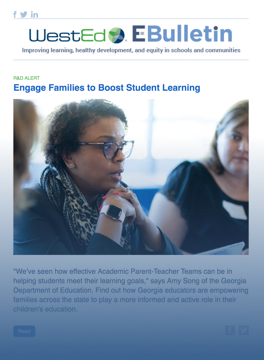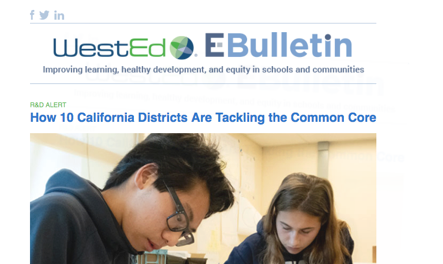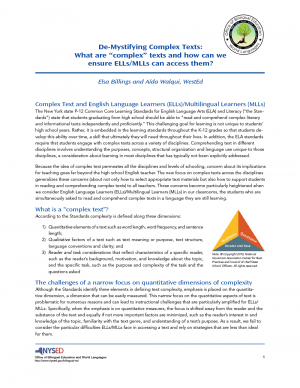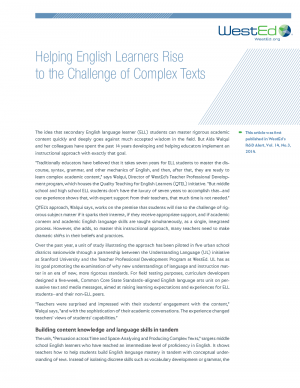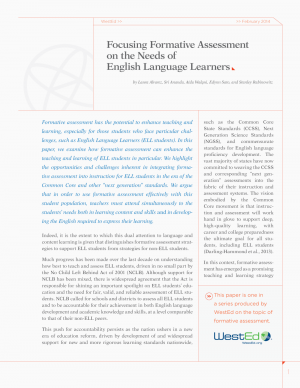De-Mystifying Complex Texts: What are "Complex" Texts and How Can We Ensure ELLs/MLLs Can Access Them?
Description
Because the idea of complex text permeates all the disciplines and levels of schooling, concern about its implications for teaching goes far beyond the high school English teacher.
These concerns become particularly heightened when considering English language learners (ELLs) and multilingual learners (MLLs), the students who are simultaneously asked to read and comprehend complex texts in a language they are still learning.
This brief, written by Elsa Billings and Aída Walqui of WestEd’s Quality Teaching for English Learners, explores:
- What qualifies as a complex text
- The challenges of a narrow focus on quantitative dimensions of complexity
- The particular difficulties of texts for ELLs and MLLs
- How to make complex text more accessible to ELLs/MLLs
Download other briefs in this series produced by the New York State Education Department:
- Quality Education for ELLs/MLLs: Why We Need It and How We Can Achieve It
- Quality Student Interactions: Why Are They Crucial to Language Learning and How Can We Support Them?
- The Zone of Proximal Development: An Affirmative Perspective in Teaching ELLs/MLLs
- Dispelling the Myth of “English Only”: Understanding the Importance of the First Language in Second Language Learning
Resource Details
Product Information
Copyright: 2017Format: PDF
Pages: 4
Publisher: New York State Education Department
Stay Connected
Subscribe to the E-Bulletin and receive regular updates on research, free resources, solutions, and job postings from WestEd.
Your download will be available after you subscribe, or choose no thanks.
